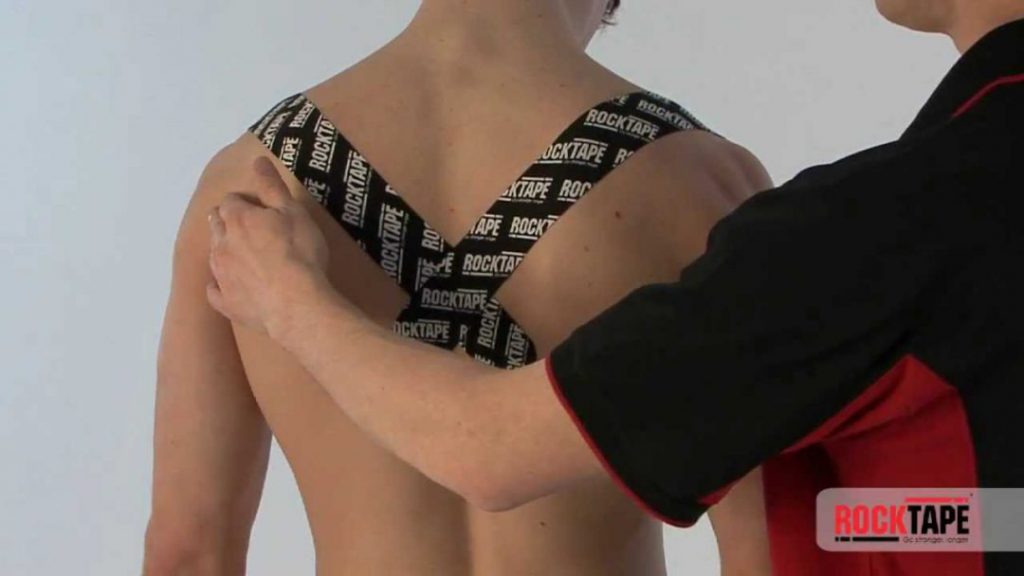Early in my career as a chiropractor, I would have patients experience amazing results while in my office. Improved range of motion, decrease in discomfort* and overall improved sense of wellbeing. Unfortunately, many times those results were short lived and the discomfort* and restrictions would return after a day or so. In this scenario the patient becomes frustrated and no longer returns to the clinic because they only see temporary relief of symptoms. This is a clear indication that the patient needs activities beyond manipulation to maintain the positive results the treatment provides. Certain areas of the body, namely the cervical and lumbar spine, scapulae, midfoot, elbow, and knee require stabilization after times of mobilization/manipulation because those areas need to be inherently stable not excessively mobile. The brain will create the stability around those joints by making the muscles around the area hypertonic thus giving the patient a sense that the area is, “tight”. A common prescription is to give stretching areas to minimize the tightness but this just makes the muscles irritated as they try to provide stability. As clinicians, we can provide the stabilization the body needs with Kinesiology Tape (K-tape). Taping for support and posture will provide the stability the brain wants and allow the muscles to relax. The patient will no longer get the constant tightness and range of motion will be restored.
Kinesiology Taping in the Chiropractic Clinic
Chiropractic, Kinesiology Tape, Research